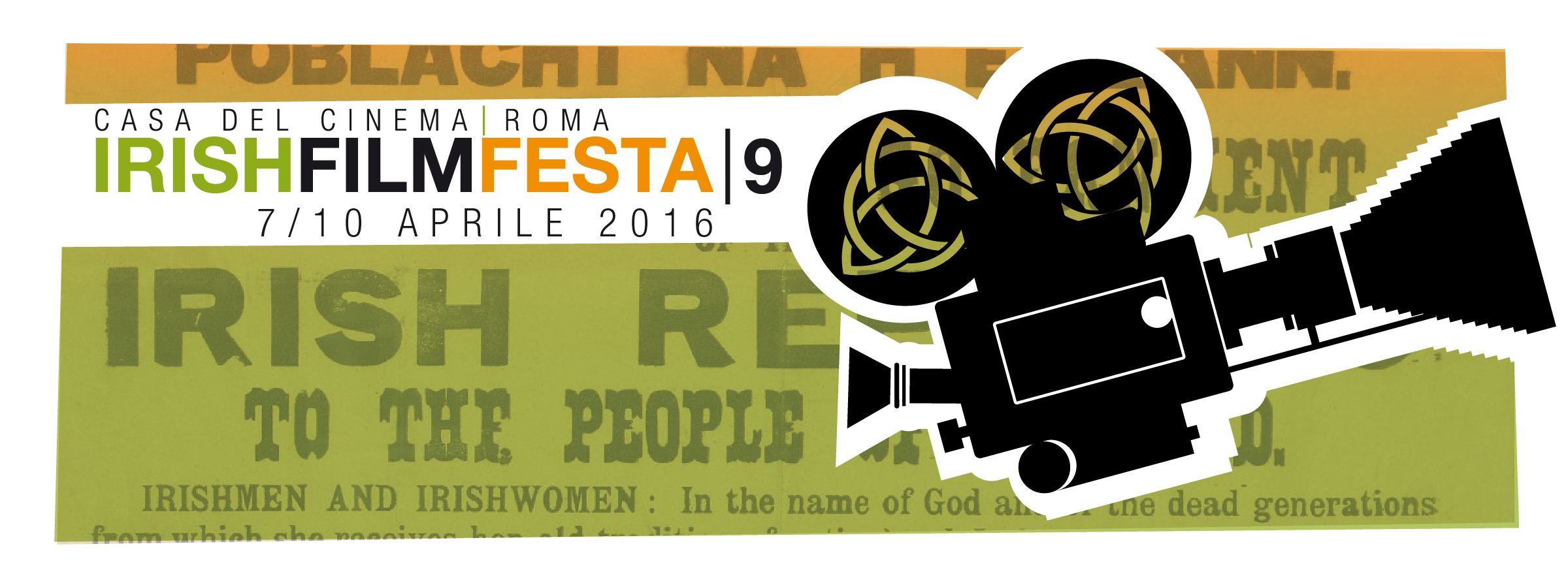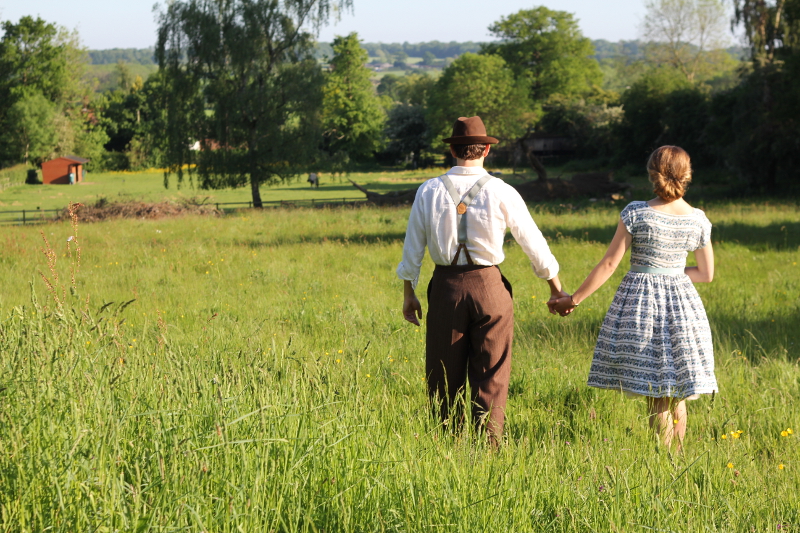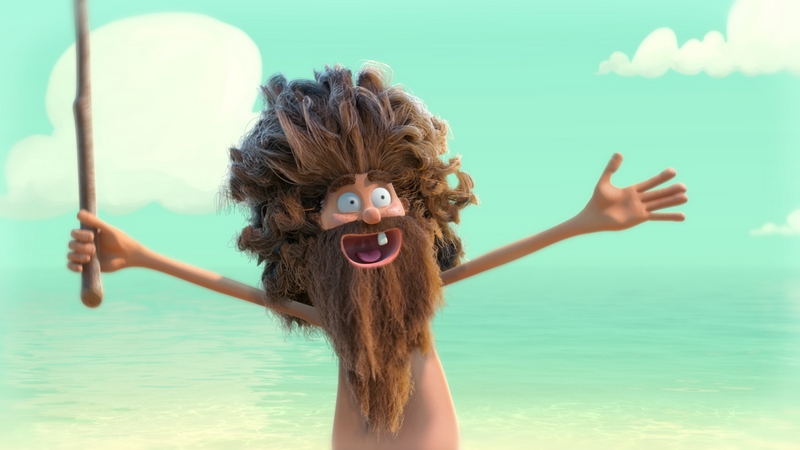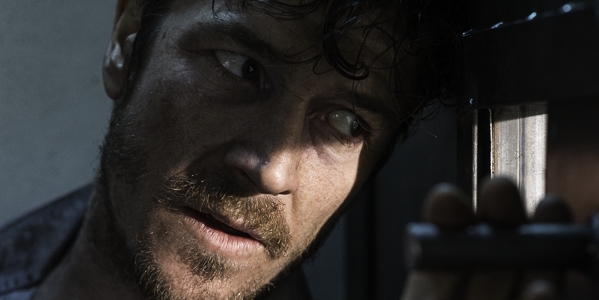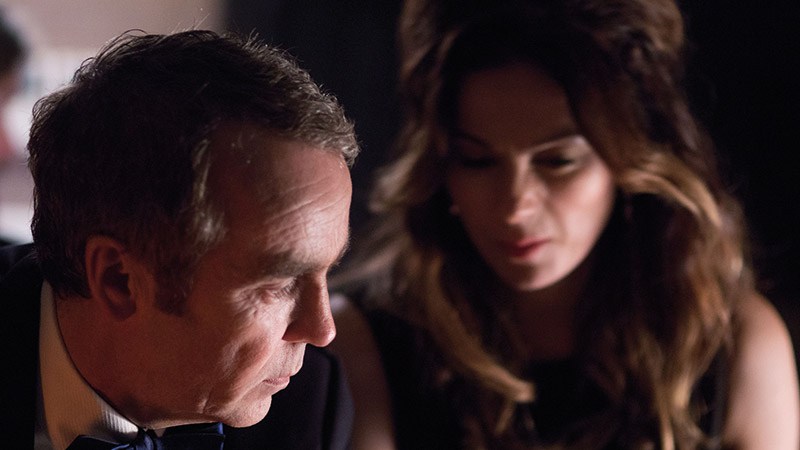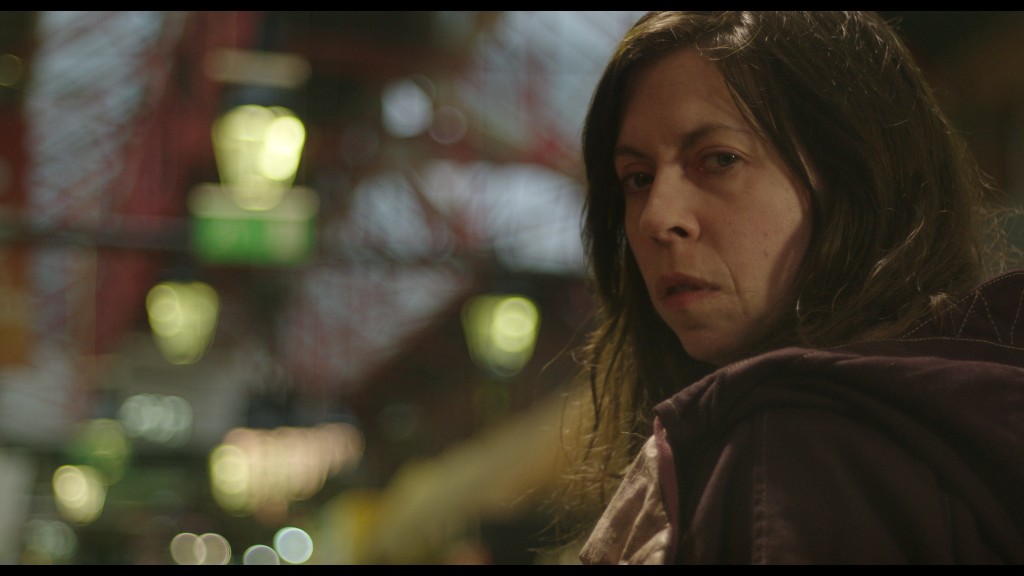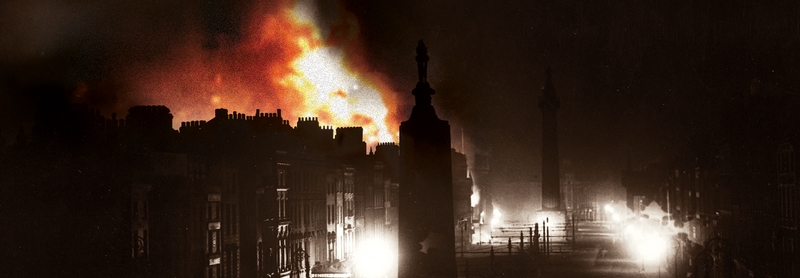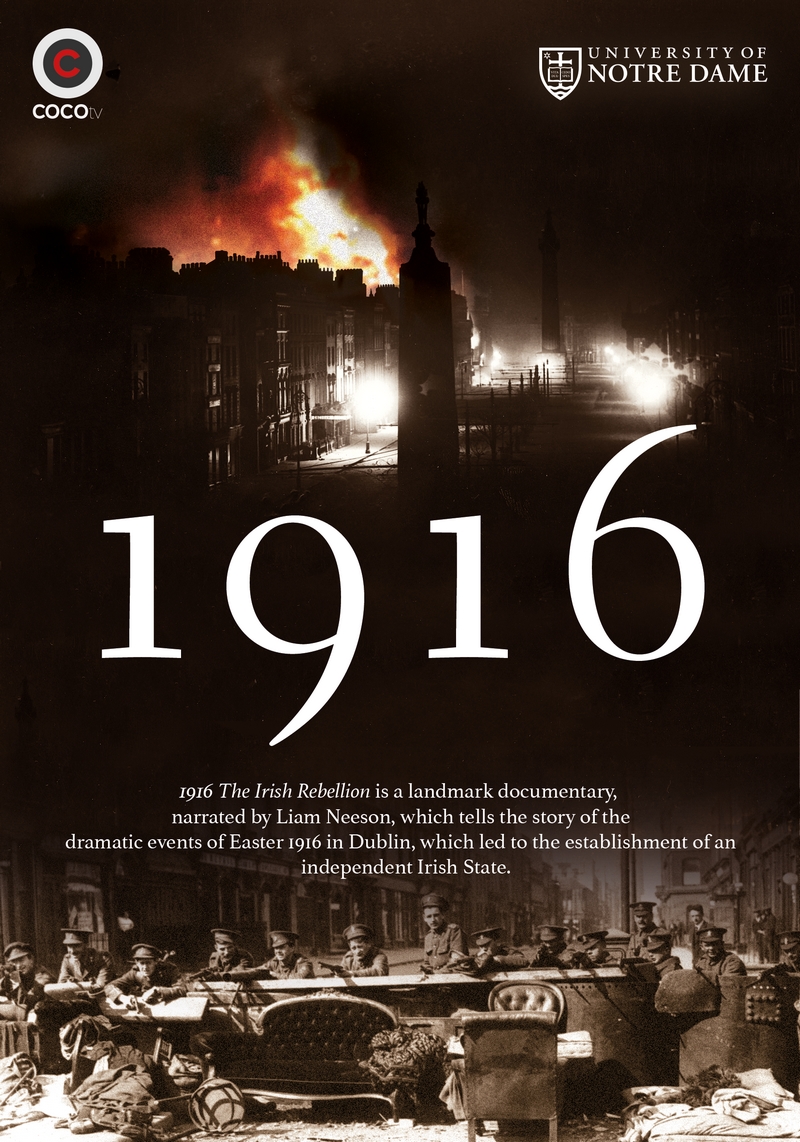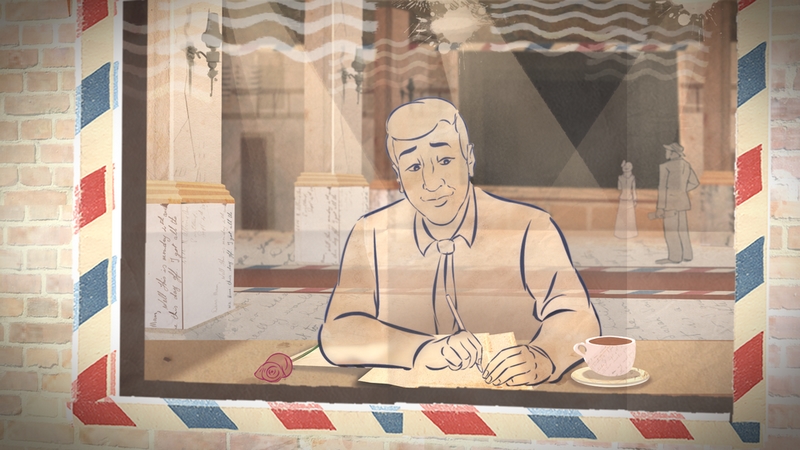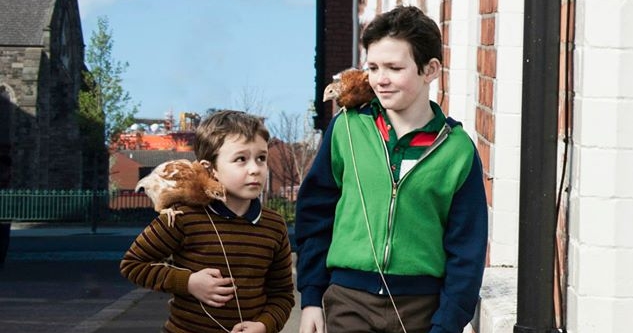IRISHFILMFESTA returns to Rome from 7 to 10 April 2016: the festival dedicated to Irish film reaches its ninth edition and will be held as usual at the Casa del Cinema, with Irish films being screened in Italy for the first time as well as daily meetings with directors and actors. The competition section, founded in 2010 and reserved for short films, will include 15 works, of which ten will be live action and five animated.
Among the feature films, nearly all of which are Italian premieres, is the winner of the prize for best first film at the Galway Film Fleadh 2015, which had its world premiere at the Berlinale 2015: You’re Ugly Too by Mark Noonan, with Aidan Gillen (Game of Thrones, Love/Hate) and Lauren Kinsella. Will, released from prison, must take care of his niece Stacey who has just lost her mother. The two attempt, amid great difficulty, to become a family.
Spectators at the IRISHFILMFESTA can also see The Survivalist by Stephen Fingleton with Martin McCann, Mia Goth and Olwen Fouéré, also a debut presented at the Galway Fleadh 2015: a thriller in a post-apocalyptic setting and already the recipient of awards by the British Independent Film Awards and the Tribeca Film Festival, and BAFTA nominated.
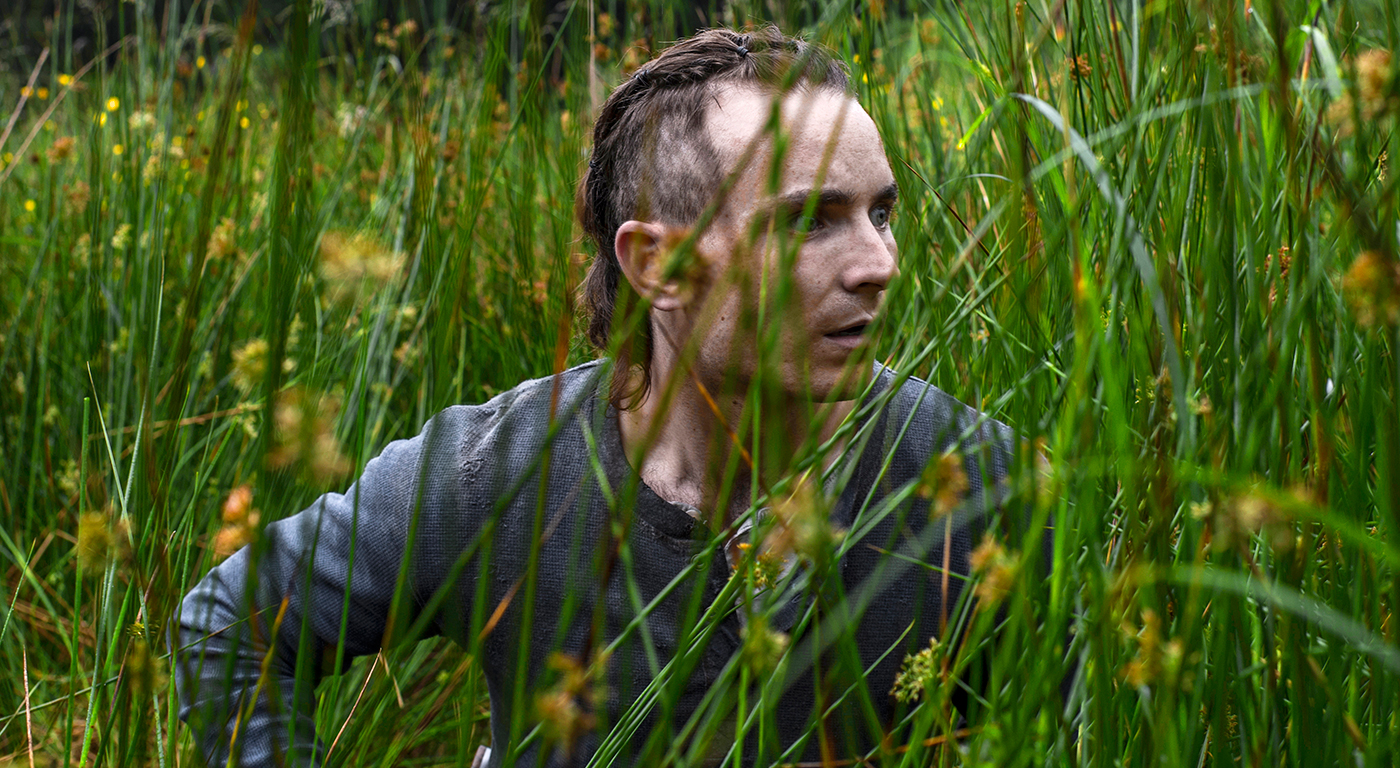
From the 2014 edition of the Galway Film Fleadh, and once again honoured best first film, comes the dramatic situation I Used to Live Here by Frank Berry, who tackles the phenomenon of cluster suicides (the copy-cat effect on the direct or indirect witnesses of a suicide) among young people in a small community. Acted mostly by non-professionals, the film is made in collaboration with Headstrong, an association involved in the care and protection of mental health in adolescents and young adults.
Set in Canada at the end of the 19th century, in the gold rush era, but shot entirely in the Galway region, An Klondike is the first western made in Ireland and filmed mainly in Gaelic. Directed and edited by Dathaí Keane, with his debut in fiction. Starring Owen McDonnell, Dara Devaney and Sean T. Ó Meallaigh, An Klondike is the film version (105 minutes) of a miniseries in four episodes distributed abroad under the title Dominion Creek. In the big screen version, An Klondike was chosen as the closing film of the Galway Film Fleadh 2015.
This year the IRISHFILMFESTA will dedicate a special tribute to the Galway Film Fleadh, from which many of the films in the IRISHFILMFESTA programme come, and which is preparing to celebrate its 28th edition.
The programme features Pursuit (2015), by playwright and theatre director Paul Mercier, in a modern underworld version of the ancient Irish legend of Diarmuid and Gráinne. Gráinne, the daughter of a major crime boss, becomes engaged to rival Fionn in order to consolidate an old alliance. However she’s in love with Fionn’s right-hand man Diarmuid. The cast includes Ruth Bradley, Barry Ward, Liam Cunningham, Owen Roe, Don Wycherley, Dara Devaney, David Pearse, Sean T. Ó Meallaigh and Brendan Gleeson.
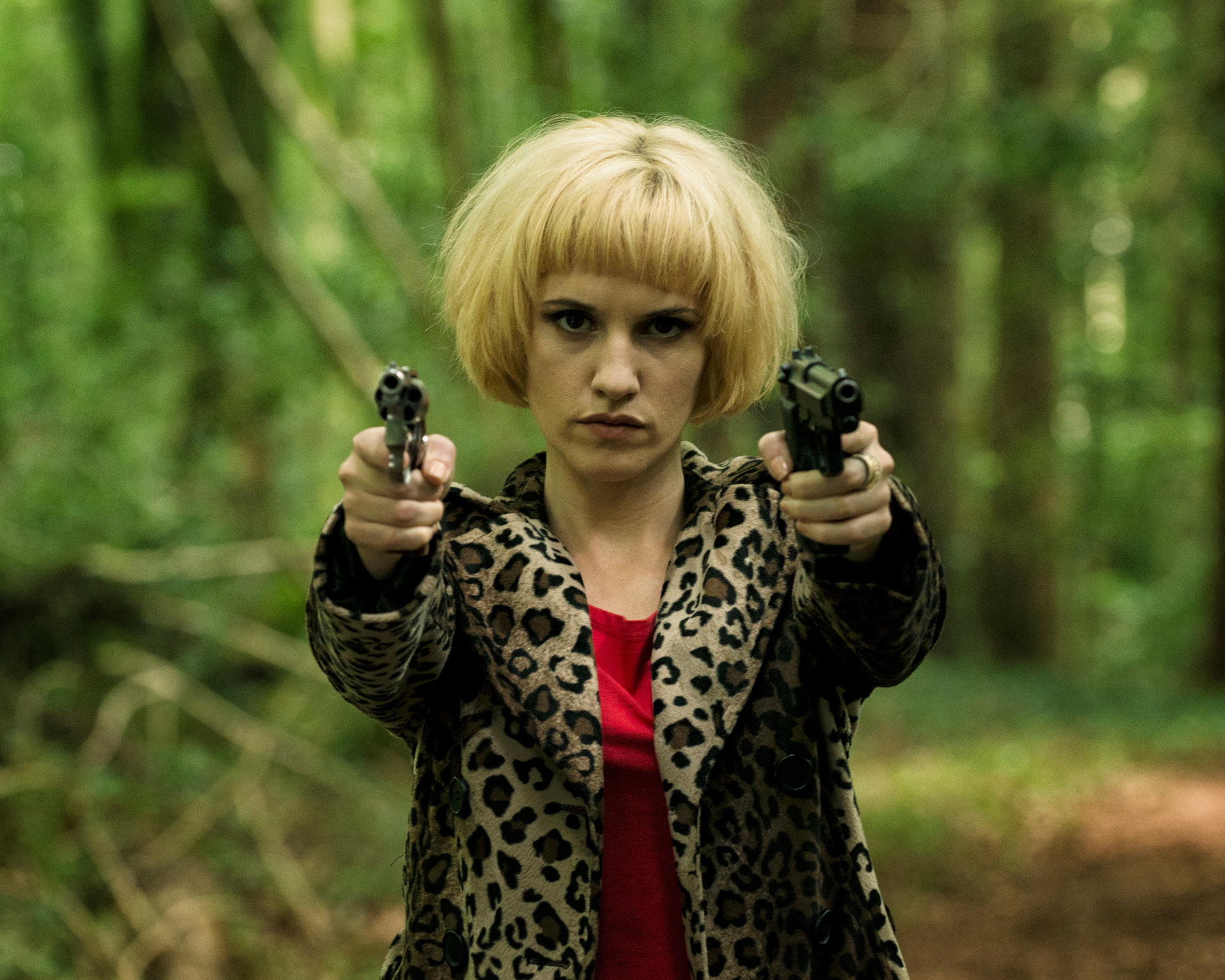
Joey, Robert, William and Michael Dunlop, from a small rural town in Northern Ireland, have dominated the world stage for two generations of road motorcycling, the most dangerous of motor sports: Diarmuid Lavery and Michael Hewitt tell their story in the documentary film Road (2014), which is narrated by Liam Neeson.
IRISHFILMFESTA 2016 devotes a special section to the Centenary of the 1916 Easter Rising, the beginning of a long process towards the establishment of the Republic of Ireland. It will be possible to see the Italian premiere of 1916 The Irish Rebellion, a documentary film narrated by the acclaimed Irish actor Liam Neeson, which places the events of Dublin’s Easter Rising in a European and global perspective, analysing it through the prism of a wave of anti-colonialism that gathered momentum on the eve of World War I and would result in the eventual collapse of the British Empire.
The programme also includes a selection of episodes from 1916 Seachtar na Casca (The Easter Seven), a historical-documentary television series directed by the director of An Klondike, Dathaí Keane, scripted by Aindrias Ó Cathasaigh, and produced by Abú Media Films for gaelic-language television channel TG4. Seachtar na Casca comprises seven episodes, each devoted to one of the seven leaders of the Easter Rising and the signatories of the Declaration of Independence from the United Kingdom: Thomas J. Clarke, Sean Mac Diarmada, James Connolly, Patrick H. Pearse, Éamonn Ceannt, Thomas McDonagh and Joseph Plunkett. The narrator is Brendan Gleeson.
In addition the IRISHFILMESTA features nine short films made as part of After ’16, the funding programme established by the Irish Film Board as part of the commemoration initiatives and artistic production linked to the 1916 centenary. The shorts of After ’16 are: A Father’s Letter by Joe Dolan, A Terrible Hullabaloo by Ben O’Connor, Baring Arms by Colm Quinn, Goodbye, Darling by Elena Doyle, Granite and Chalk by Patrick Hodgins, Mr. Yeats and the Beastly Coins by Laura McNicholas and Ann Marie Hourihane, My Life for Ireland by Kieron J. Walsh, The Cherishing by Dave Tynan, and The Party by Andrea Harkin.
Also under the section dedicated to the anniversary of the Easter Rising is the Irish Classic specially selected for 2016: Neil Jordan‘s Michael Collins (1996), twenty years after the Golden Lion and the Coppa Volpi were awarded to the film’s star Liam Neeson at the Venice International Film Festival. The film, whose script took Jordan more than a decade to write and rewrite, focuses on the last six years in the life of Michael Collins, who during the uprising of 1916 was a young officer at the helm of the Irish Volunteers and would become one of the most important figures of Sinn Féin and the fight for independence.

The Casa del Cinema will also house an exhibition, 1916: Portraits and Lives, a selection of 42 portraits of men and women from the Easter Rising, created by illustrator David Rooney for the eponymous book published by the Royal Irish Academy.
Finally, in homage to the Irish director Lenny Abrahamson, whose entire filmography has been screened over previous editions of IRISHFILMFESTA, the festival will screen his latest film, Room. Based on the novel by Emma Donoghue, who personally supervised the film adaptation, Room was awarded an Oscar in 2016 for Best Actress, won by Brie Larson, as well as receiving three other nominations (Best Picture, Best Director and Best Adapted Screenplay).

